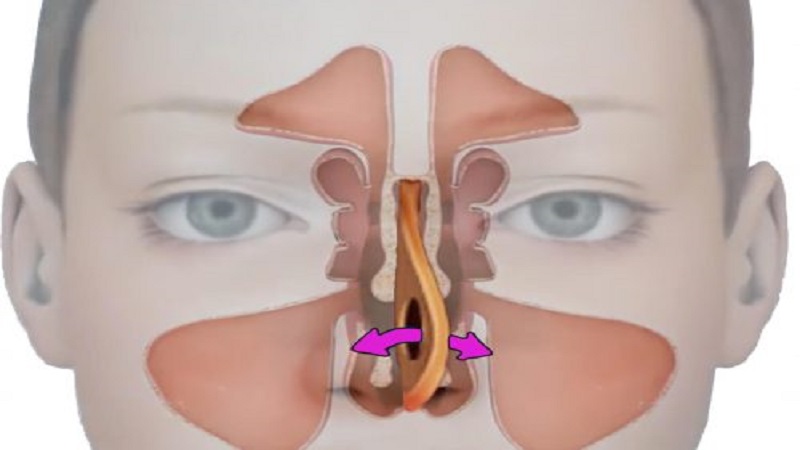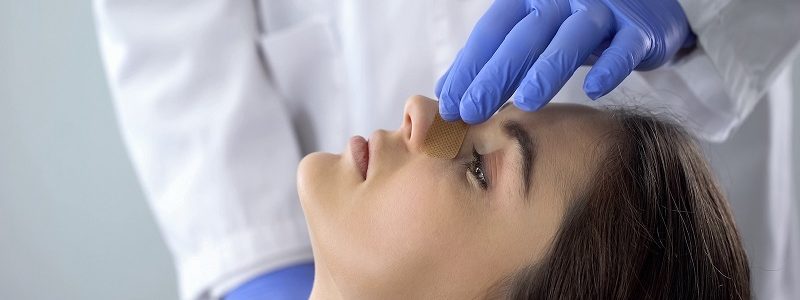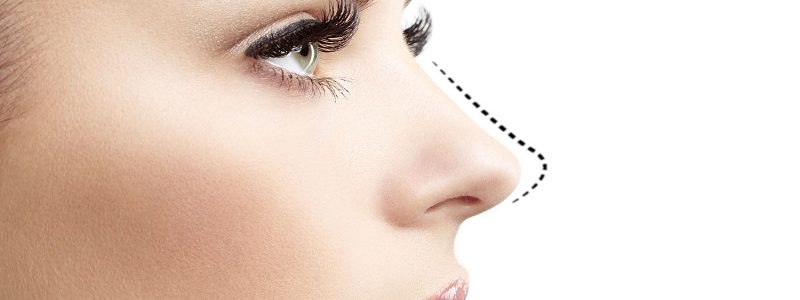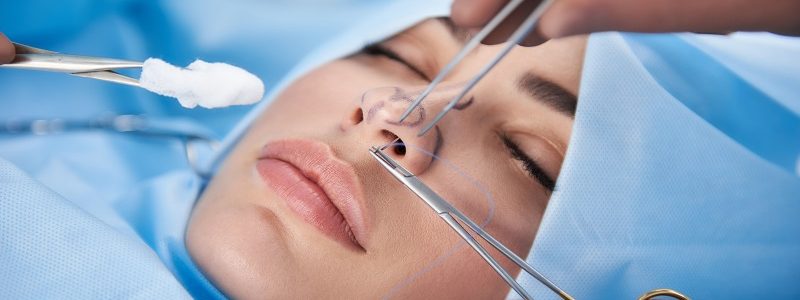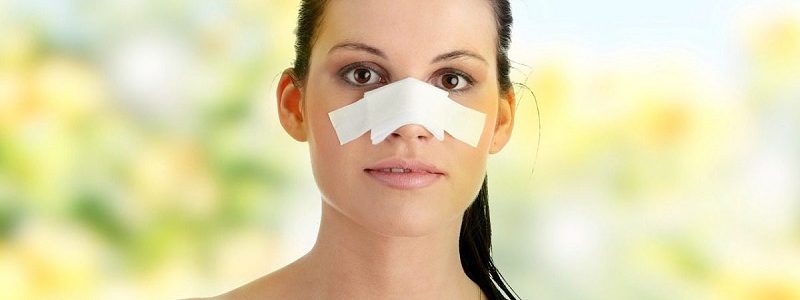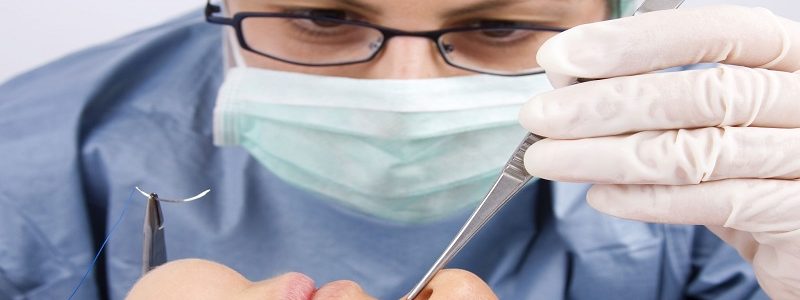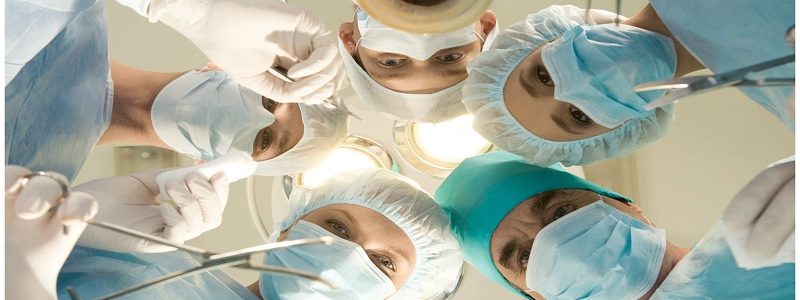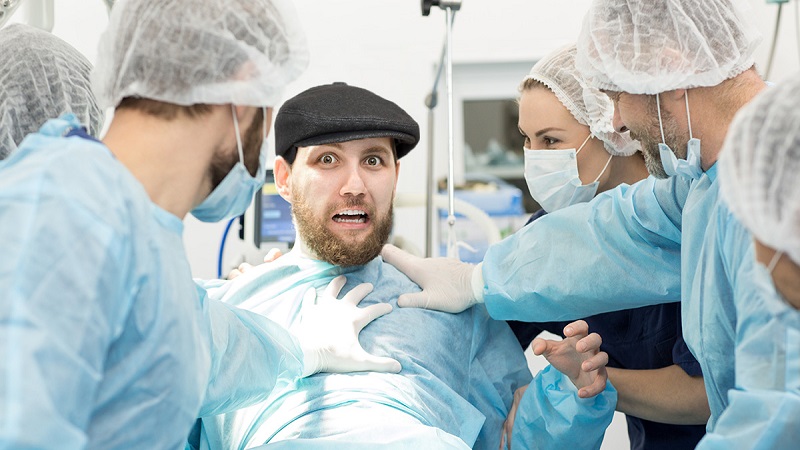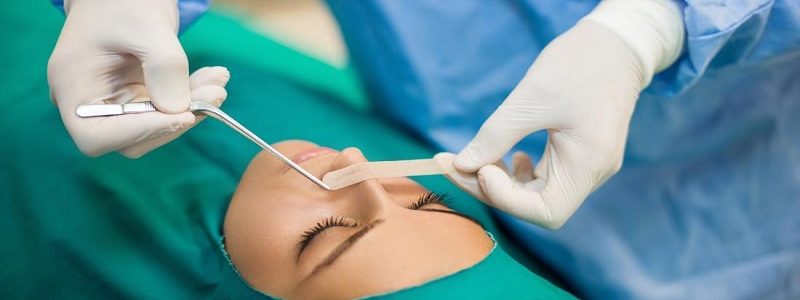Investigating nasal septal deviation disorder
Deviation of the nasal septum is a disorder that many people suffer from, but this complication is so severe in some patients that it affects the patient's quality of life and makes the patient unable to breathe or sleep properly..
Deviation of the nasal septum is a disorder in which the separating septum of the nose is bent or broken. This blade consists of a quadrangular cartilage in the front part, which is connected to several other bones in the back and sole.. If this deviation is severe, it causes problems for the patient. For example, one or both nostrils may be blocked. It is normal for congestion to affect the patient's breathing and sometimes disrupt it completely.
Almost 80% of people have some degree of this deviation, but their problem is not so severe that they notice it and go to the doctor for treatment, and only a small percentage of patients have breathing disorders and need surgery..
What are the symptoms of nasal septum deviation?
The most common symptom of nasal septum deviation is congestion of one or both nostrils, which appears with difficulty in breathing. Often times, it is felt more on one side than the other side. The interesting point is that the patient does not feel cramping on the side that has stenosis and may mention cramping on both sides and alternately or even on the opposite side..
Other symptoms of nasal deviation include:: Nosebleeds, noisy breathing, snoring, sleep disturbance, dry mouth due to breathing with the mouth open, feeling of pressure and congestion in the nasal respiratory tract, pain in the head and face, discharge from the back of the throat and frequent sinus infections..
Of course, there is another complication that is less common among patients. This disorder is the cessation of breathing in sleep, if it happens, the patient may be at risk of cardiovascular disorders, which must be treated quickly..
How is nasal septum deviation diagnosed?
An examination by an ear, nose and throat specialist is usually enough to diagnose the deviation of the nasal septum. In some cases, a nasal endoscopy or CT scan may be needed for a definite and complete diagnosis. Endoscopy is a simple and accurate procedure that is performed on an outpatient basis in the office.
How is deviated septum treated?
For the treatment of nasal deviation, some medicines may be used in mild cases, such as moisturizing sprays, which respond well to treatment.. But let's not forget that in this structural disorder, the blockage will not be removed except by surgery.
Causes of nasal septum deviation
- Rapid growth during puberty
- A blow to the nose
- Nose surgery
How is the surgery performed?
In this type of nose operation, we make small incisions in the deviated parts and the cartilage or bone of the nasal septum is removed or corrected.. Of course, sinus surgery should be done at the same time. In this endoscopic method, it is used to correct areas with nasal deviation. In some cases, nasal prongs must be treated.
Will the apparent crookedness of the nose be corrected with this nose surgery?
Contrary to the opinion of many patients, it should be said that performing the deviation procedure does not straighten the appearance of the nose in any way. Deviation surgery in the usual way only corrects the areas causing obstruction in the breathing path and does not change the shape or curvature of the nose itself.. Therefore, patients who simultaneously want to correct the nasal septum and apparent crookedness. They should perform septorhinoplasty surgery. Only during surgery in the inferior cartilage of the nose, sometimes the apparent deviation is reduced.
What age is suitable for rhinoplasty?
Except in special cases, it is better to perform nose surgery after the completion of nose and face growth, that is, after fifteen to eighteen years of age.. Of course, in special conditions and in cases where there is complete blockage or complications. Even in children, nose surgery and surgery can be done by observing some special considerations.
| Dr Behnam khorami Isfahan nose surgeon|
Suggested content :
Unsuccessful nasal cosmetic surgery repair strategies
Correction of nasal dysfunction simultaneously with rhinoplasty

